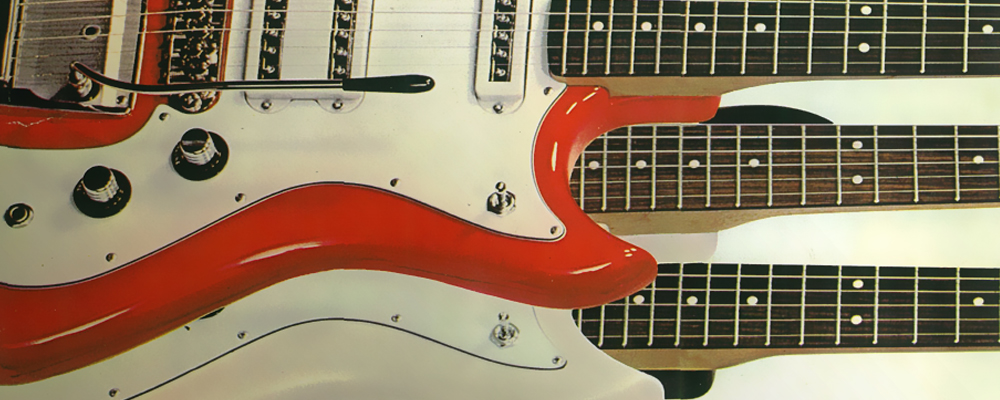The Origins of the Electric Guitar
The birth of the electric guitar
The first electric guitar
Although guitars have a long history, they had fallen behind the times in a way-especially in terms of volume-as many others instruments had been modified over the years.
It was around 1936 when a jazz guitarist named Charlie Christian (1916-1942) began using an acoustic guitar with a pickup attached to the body, with the intention of playing guitar solos in his band. This is said to be the birth of the electric guitar.
Reference: "The Fun Guitar Encyclopedia" (Yamaha Music Media)
The first solid-body guitar
A major difficulty for the first electric guitars with pickups attached to their bodies was the acoustic phenomenon called "feedback," where sound amplified by an amplifier causes the instrument to resonate, creating a cacophony of sound. A clever way to solve this issue is to remove the hollow cavity from the guitar body, making it difficult for sound to resonate. This led to the creation of the solid-body guitar, in which the body is carved from a single piece of wood.
People had already been thinking about solid-body guitars by the beginning of the 1940s and had begun working on creating them. However, the first such instrument on the market was by designed by Leo Fender, the famous manufacturer of guitar amplifiers. Released in 1949, his Fender Esquire is now regarded as the first solid-body guitar.
Reference: "The Fun Guitar Encyclopedia" (Yamaha Music Media)
The past, present, and future of the electric guitar
During the 1950s new and innovative instruments were released one after another, with what we consider the modern electric guitar being (mostly) completed in 1960. Although there was more experimentation after this date (such as using plastic or glass fiber for the body instead of wood, or even developing headless guitars), these developments did not gain much traction.
Having said that, modern instruments have indeed benefited from a variety of improvements, such as reduced noise, more easily tuned string pitches, and more attractive/longer lasting coatings. However, 21st century technology (such as touch sensors for timbre control) may make these instruments easier to play as time goes on. Of course, this all depends on whether such innovations are accepted by guitarists. After all, the future of electric guitars is closely tied with what the players of these instruments actually want.
Musical Instrument Guide:Electric Guitar Contents
Structure
How to Play
How the Instrument is Made
Choosing an Instrument
Care and Maintenance
Trivia
- Slide guitar playing may have been invented in a bar
- Feedback:Great for guitar playing! Not so great for karaoke...
- What is the difference between an electric guitar and electric acoustic guitar?
- Is there a way to eliminate the noise heard when plugged into an amplifier?
- Whole note down tuning for deeper bass

